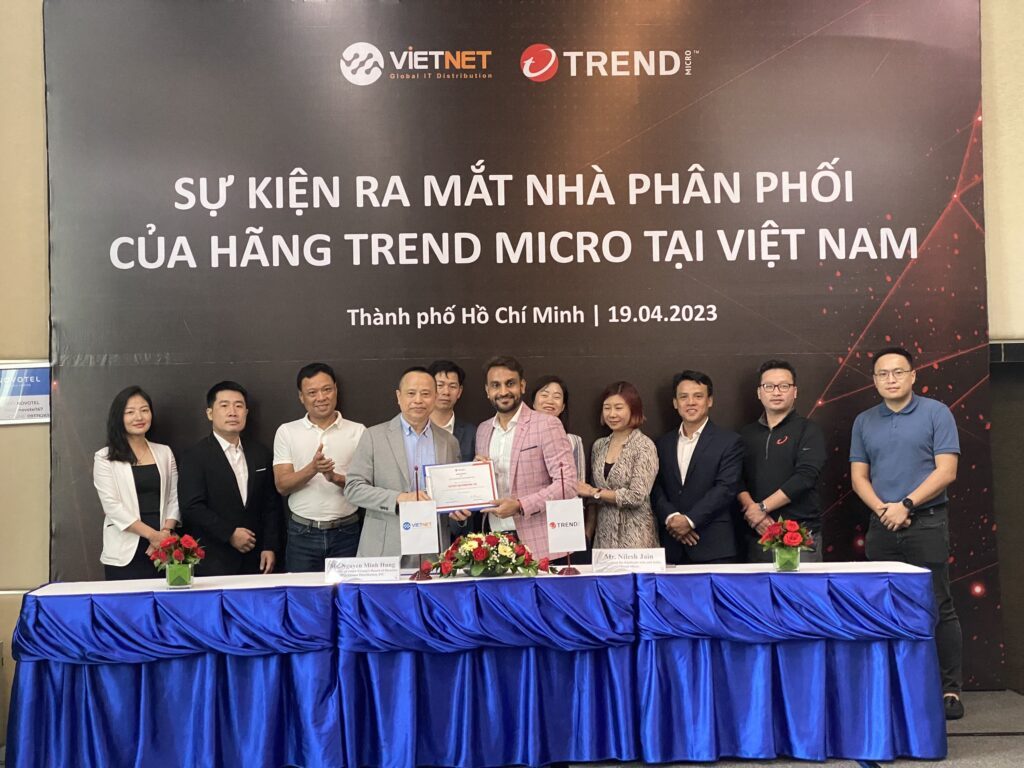Generative design tools can create lightweight, stronger designs that use less material in almost any context, as they use algorithms to generate designs within parameters set by users. Experts think these designs will become common by 2020.
GENERATIVE DESIGN
The knee-jerk response we often have to artificial intelligence (AI), machine learning, or the use of algorithms, in general, is that there is no substitute for human creativity and aesthetic sensibility. However, the amazing world of generative design tools is challenging this notion with their evolution-inspired shapes and lines and a crop of strangely beautiful designs that look both space-age and organic.
Although the world that we have built as humans is all solid surfaces and straight lines, these are anomalies in nature, structural elements that typically fail the product tests of evolution and time. But those simple shapes and lines are easy for us to draw, design, and build with our tools and molds. However, thanks to advances in 3D printing and computing, we are leaving traditional straight edge design and manufacturing behind, and following the spindly, skeletal path of generative design and additive manufacturing into the future. Additive manufacturing is at its cheapest and most efficient when the job consumes the least possible material within certain constraints. This isn’t an easy way for designers to think, but it’s a great fit for a computer. Generative design tools like Autodesk’s “Dreamcatcher,”which is now part of its Fusion 360 software, allow the designer to function as a kind of curator, entering a set of parameters for the computer to follow. The computer then generates every possible iteration of the design within the parameters, so the designer can choose the best option. In the process, the software automatically makes the structures stronger, lighter, more comfortable, and more effective based on what the end goals are.
You would use Autodesk’s generative design tool like this: Say you wanted to design a chair. You’d input the rough size you wanted the chair to be along with how much weight it needed to bear and any other constraints. You’d then give it goals, such as to minimize materials cost or minimize weight. The program would then generate your choices, and if you set the parameters well, they’d be usable. If you missed some important parameters, you might not get your desired result, but then you’d know how to fix the problem. Notably, these designs seem to follow the trends we’ve seen in the evolution of organisms: curved lines, hollows, holes, and no slavish adherence to symmetry.
OUR OPTIMIZED FUTURE
Autodesk’s manufacturing sales manager in Australia, Richard Elving, spoke to New Atlas about the Project Dreamcatcher generative design tool including the timeline for the technology and its predicted impact: “The first generation, everyone with Autodesk has access to that. The next generation, we expect to release that in early 2018. It’s not that far away, six months’ time.” He continued, “Manufacturers in Australia and around the world will have access to this powerful technology, and I don’t think manufacturers have fully realized what it means. If we don’t investigate and adopt this technology today, companies in Germany, America, China will adopt it, and invent at a much faster rate than what we’re doing, and effectively they may make us redundant. That’s how serious it is for manufacturers.”
The knee-jerk response we often have to artificial intelligence (AI), machine learning, or the use of algorithms, in general, is that there is no substitute for human creativity and aesthetic sensibility. However, the amazing world of generative design tools is challenging this notion with their evolution-inspired shapes and lines and a crop of strangely beautiful designs that look both space-age and organic.
Although the world that we have built as humans is all solid surfaces and straight lines, these are anomalies in nature, structural elements that typically fail the product tests of evolution and time. But those simple shapes and lines are easy for us to draw, design, and build with our tools and molds. However, thanks to advances in 3D printing and computing, we are leaving traditional straight edge design and manufacturing behind, and following the spindly, skeletal path of generative design and additive manufacturing into the future. Additive manufacturing is at its cheapest and most efficient when the job consumes the least possible material within certain constraints. This isn’t an easy way for designers to think, but it’s a great fit for a computer. Generative design tools like Autodesk’s “Dreamcatcher,”which is now part of its Fusion 360 software, allow the designer to function as a kind of curator, entering a set of parameters for the computer to follow. The computer then generates every possible iteration of the design within the parameters, so the designer can choose the best option. In the process, the software automatically makes the structures stronger, lighter, more comfortable, and more effective based on what the end goals are.
You would use Autodesk’s generative design tool like this: Say you wanted to design a chair. You’d input the rough size you wanted the chair to be along with how much weight it needed to bear and any other constraints. You’d then give it goals, such as to minimize materials cost or minimize weight. The program would then generate your choices, and if you set the parameters well, they’d be usable. If you missed some important parameters, you might not get your desired result, but then you’d know how to fix the problem. Notably, these designs seem to follow the trends we’ve seen in the evolution of organisms: curved lines, hollows, holes, and no slavish adherence to symmetry.
OUR OPTIMIZED FUTURE
Autodesk’s manufacturing sales manager in Australia, Richard Elving, spoke to New Atlas about the Project Dreamcatcher generative design tool including the timeline for the technology and its predicted impact: “The first generation, everyone with Autodesk has access to that. The next generation, we expect to release that in early 2018. It’s not that far away, six months’ time.” He continued, “Manufacturers in Australia and around the world will have access to this powerful technology, and I don’t think manufacturers have fully realized what it means. If we don’t investigate and adopt this technology today, companies in Germany, America, China will adopt it, and invent at a much faster rate than what we’re doing, and effectively they may make us redundant. That’s how serious it is for manufacturers.”
IN BRIEF
Generative design tools can create lightweight, stronger designs that use less material in almost any context, as they use algorithms to generate designs within parameters set by users. Experts think these designs will become common by 2020.GENERATIVE DESIGNThe knee-jerk response we often have to artificial intelligence (AI), machine learning, or the use of algorithms, in general, is that there is no substitute for human creativity and aesthetic sensibility. However, the amazing world of generative design tools is challenging this notion with their evolution-inspired shapes and lines and a crop of strangely beautiful designs that look both space-age and organic.Image Credit: AutodeskAlthough the world that we have built as humans is all solid surfaces and straight lines, these are anomalies in nature, structural elements that typically fail the product tests of evolution and time. But those simple shapes and lines are easy for us to draw, design, and build with our tools and molds. However, thanks to advances in 3D printing and computing, we are leaving traditional straight edge design and manufacturing behind, and following the spindly, skeletal path of generative design and additive manufacturing into the future. Additive manufacturing is at its cheapest and most efficient when the job consumes the least possible material within certain constraints. This isn’t an easy way for designers to think, but it’s a great fit for a computer. Generative design tools like Autodesk’s “Dreamcatcher,”which is now part of its Fusion 360 software, allow the designer to function as a kind of curator, entering a set of parameters for the computer to follow. The computer then generates every possible iteration of the design within the parameters, so the designer can choose the best option. In the process, the software automatically makes the structures stronger, lighter, more comfortable, and more effective based on what the end goals are.Image Credit: AutodeskYou would use Autodesk’s generative design tool like this: Say you wanted to design a chair. You’d input the rough size you wanted the chair to be along with how much weight it needed to bear and any other constraints. You’d then give it goals, such as to minimize materials cost or minimize weight. The program would then generate your choices, and if you set the parameters well, they’d be usable. If you missed some important parameters, you might not get your desired result, but then you’d know how to fix the problem. Notably, these designs seem to follow the trends we’ve seen in the evolution of organisms: curved lines, hollows, holes, and no slavish adherence to symmetry.
OUR OPTIMIZED FUTUREAutodesk’s manufacturing sales manager in Australia, Richard Elving, spoke to New Atlas about the Project Dreamcatcher generative design tool including the timeline for the technology and its predicted impact: “The first generation, everyone with Autodesk has access to that. The next generation, we expect to release that in early 2018. It’s not that far away, six months’ time.” He continued, “Manufacturers in Australia and around the world will have access to this powerful technology, and I don’t think manufacturers have fully realized what it means. If we don’t investigate and adopt this technology today, companies in Germany, America, China will adopt it, and invent at a much faster rate than what we’re doing, and effectively they may make us redundant. That’s how serious it is for manufacturers.”Image Credit: AutodeskElving says that, at the moment, automotive and aerospace companies are taking advantage of the technology the most, and the ability of the tech to save materials could result in huge cost savings and far lighter racing vehicles, aircraft, and spacecraft. However, he is also certain that this technology will soon be used in other industries. Autodesk has already been collaborating with Under Armour to create a running shoe with an ultra lightweight, 3D printed sole that’s generatively designed. Asked by New Atlas when additive manufacturing progress will be on the same footing as traditional manufacturing, Elving said, “We believe that by 2020, this is not going to be sci-fi anymore, it’ll be everyday. . . . Tomorrow’s students and engineers, they’ll just look at the job a lot differently. I think by 2020, nobody’s going to want to interview me about this stuff.” Here’s to much lighter, more efficient, cooler looking designs in the coming years.Please contact Viet Net for more information:
Email: sales@vietnetco.vn
Hotline: 1-900-6736
Generative design tools can create lightweight, stronger designs that use less material in almost any context, as they use algorithms to generate designs within parameters set by users. Experts think these designs will become common by 2020.GENERATIVE DESIGNThe knee-jerk response we often have to artificial intelligence (AI), machine learning, or the use of algorithms, in general, is that there is no substitute for human creativity and aesthetic sensibility. However, the amazing world of generative design tools is challenging this notion with their evolution-inspired shapes and lines and a crop of strangely beautiful designs that look both space-age and organic.Image Credit: AutodeskAlthough the world that we have built as humans is all solid surfaces and straight lines, these are anomalies in nature, structural elements that typically fail the product tests of evolution and time. But those simple shapes and lines are easy for us to draw, design, and build with our tools and molds. However, thanks to advances in 3D printing and computing, we are leaving traditional straight edge design and manufacturing behind, and following the spindly, skeletal path of generative design and additive manufacturing into the future. Additive manufacturing is at its cheapest and most efficient when the job consumes the least possible material within certain constraints. This isn’t an easy way for designers to think, but it’s a great fit for a computer. Generative design tools like Autodesk’s “Dreamcatcher,”which is now part of its Fusion 360 software, allow the designer to function as a kind of curator, entering a set of parameters for the computer to follow. The computer then generates every possible iteration of the design within the parameters, so the designer can choose the best option. In the process, the software automatically makes the structures stronger, lighter, more comfortable, and more effective based on what the end goals are.Image Credit: AutodeskYou would use Autodesk’s generative design tool like this: Say you wanted to design a chair. You’d input the rough size you wanted the chair to be along with how much weight it needed to bear and any other constraints. You’d then give it goals, such as to minimize materials cost or minimize weight. The program would then generate your choices, and if you set the parameters well, they’d be usable. If you missed some important parameters, you might not get your desired result, but then you’d know how to fix the problem. Notably, these designs seem to follow the trends we’ve seen in the evolution of organisms: curved lines, hollows, holes, and no slavish adherence to symmetry.
OUR OPTIMIZED FUTUREAutodesk’s manufacturing sales manager in Australia, Richard Elving, spoke to New Atlas about the Project Dreamcatcher generative design tool including the timeline for the technology and its predicted impact: “The first generation, everyone with Autodesk has access to that. The next generation, we expect to release that in early 2018. It’s not that far away, six months’ time.” He continued, “Manufacturers in Australia and around the world will have access to this powerful technology, and I don’t think manufacturers have fully realized what it means. If we don’t investigate and adopt this technology today, companies in Germany, America, China will adopt it, and invent at a much faster rate than what we’re doing, and effectively they may make us redundant. That’s how serious it is for manufacturers.”Image Credit: AutodeskElving says that, at the moment, automotive and aerospace companies are taking advantage of the technology the most, and the ability of the tech to save materials could result in huge cost savings and far lighter racing vehicles, aircraft, and spacecraft. However, he is also certain that this technology will soon be used in other industries. Autodesk has already been collaborating with Under Armour to create a running shoe with an ultra lightweight, 3D printed sole that’s generatively designed. Asked by New Atlas when additive manufacturing progress will be on the same footing as traditional manufacturing, Elving said, “We believe that by 2020, this is not going to be sci-fi anymore, it’ll be everyday. . . . Tomorrow’s students and engineers, they’ll just look at the job a lot differently. I think by 2020, nobody’s going to want to interview me about this stuff.” Here’s to much lighter, more efficient, cooler looking designs in the coming years.Please contact Viet Net for more information:
Email: sales@vietnetco.vn
Hotline: 1-900-6736



